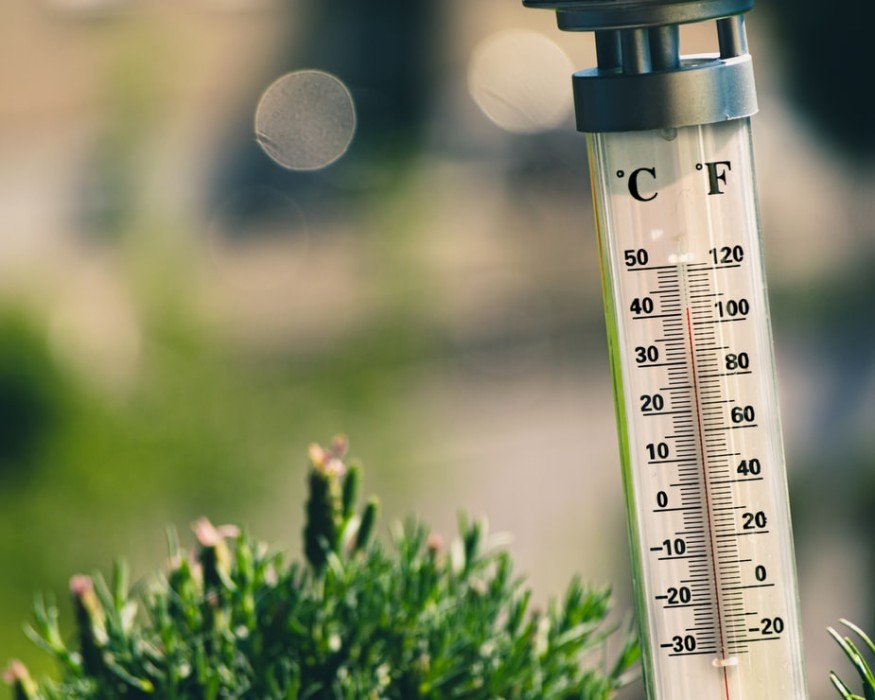Scientists now realize that the chemicals used in various consumer products are more harmful than commonly believed.
It's a smart idea to become mindful of these products and take measures to eradicate them wherever possible, but health and wellbeing aren't just about food and exercise. It's also about minimizing exposure to dangerous products.
A harmful substance is one that has the potential to be dangerous or has negative health effects. People are usually nervous about chemicals collected at hazardous waste facilities, such as polychlorinated biphenyls (PCBs) and dioxin. Household chemicals, prescription, and over-the-counter medications, gasoline, alcohol, poisons, cooking oil, and cosmetics are only a few examples of harmful products. In such circumstances, any chemical may be poisonous or dangerous.
Meat, plastics, clothing, food cover, cookware, containers, carpets, shower curtains, appliances, and even shampoo include these common chemicals, which include organophosphates, flame retardants, and phthalates. They're pretty much all over the place.
According to scientists and researchers, many of these compounds can be carcinogenic or disrupt our hormones, our body's controlling mechanism. However, Perera believes that the effects of these chemicals are more intense on the developing brain.
Related Article: Seafood's Secret Ingredient: Microplastic
Here are some of the most common harmful substances that people are exposed to every day:
Organophosphate pesticides

Organophosphate pesticides are a form of neurotoxic pesticide used as a weapon in the 1930s. They do, though, account for about half of the pesticide use in the United States today. And they have the ability to contaminate crops that we consume. Pesticide-sprayed areas, such as plantations, can have higher rates of exposure.
A greater attention deficit hyperactivity disorder has been observed in children exposed to higher levels of these pesticides.
You will reduce the susceptibility to them by consuming healthy by using non-chemical pesticides.
Phthalates

These additives soften plastics and aid in the binding of scents and chemicals.
Phthalate exposure has been linked to a reduction in IQ.
Shampoos, conditioners, body sprays, hair sprays, perfumes, colognes, soap, nail polish, shower curtains, surgical tubes, IV containers, vinyl flooring, and wall coverings, food wrapping, and coatings on time-release pharmaceuticals are only a few of the items that contain them.
Using unscented lotions and laundry detergents, microwaving meals in glass containers rather than plastic, cleaning products without scents, and eliminating air fresheners and plastics numbered No. 3, No. 6, and No. 7 will help you prevent phthalates.
Polybrominated diphenyl ethers

These chemicals are used as flame retardants or chemicals that slow down the rate at which a flame burns. Televisions, monitors, insulation, and foam items, including children's toys and baby pillows, all include them.
Products can emit ethers, which can collect in the soil. Thyroid problems have been linked to exposure to these ethers.
While there isn't a directory that lists which products contain these ethers, customers can also limit their risk by searching for products that claim to be flame-retardant-free. Since these contaminants were detected in many older foams, uncovered foam items, such as sofas and pillows, should be replaced. To sweep up pollen, use a vacuum with a high-efficiency HEPA filter.
Lead

Lead is a metal that is used in nature. While leaded paint was phased out of gasoline in the 1970s, it can still be seen in older homes with leaded paint. Corrosion from old water pipes can also allow the lead to reach the water system. Industrial colors, auto batteries, and tire weights are only a few of the lead items.
ADHD, lower IQs, and developmental delays have all been linked to lead toxicity.
Since they often place their hands and toys in their mouths after being exposed to lead in soil, babies and toddlers are the most prone to lead poisoning.
Mercury

While mercury is a naturally occurring chemical, it can also be emitted into the atmosphere as coal and oil are burned. Any household products, such as thermometers, light bulbs, and older-model clothes dryers and washing machines, contain mercury. Mercury can contaminate fish and shellfish if it is found in the water. Mercury levels can be higher in certain species, such as some types of tuna.
According to the Environmental Protection Agency, Mercury consumption during breastfeeding can impair memory, concentration, and cognitive ability.
Although you won't totally remove mercury from the atmosphere, you will reduce your mercury intake by avoiding mercury-rich seafood. Using mercury-free thermometers wherever possible. If you need assistance getting rid of mercury-containing household products, call the state or local household hazardous waste collection center.
ALSO READ: Common Every Day Activities that Help Mitigate Climate Change!
For more health & medicine news, don't forget to follow Nature World News!
© 2025 NatureWorldNews.com All rights reserved. Do not reproduce without permission.





